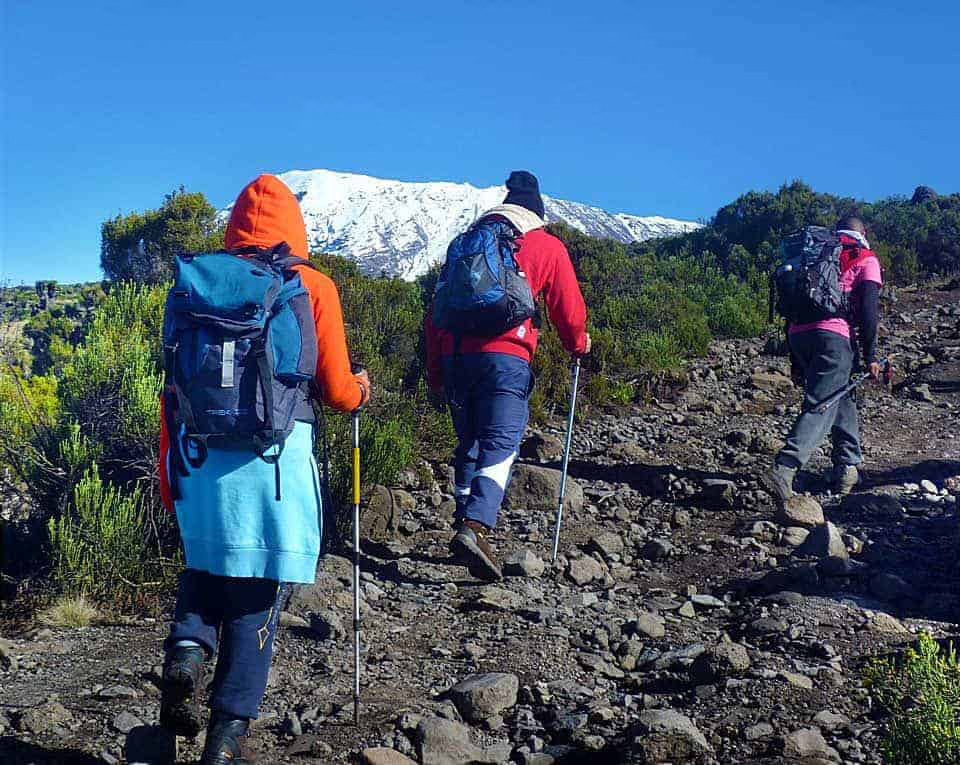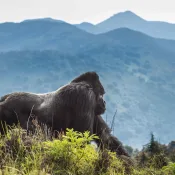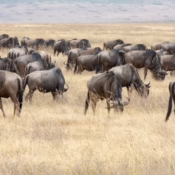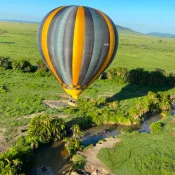
Pack Smart: East Africa Safari Tips
Planning a safari in East Africa? Whether you’re heading to Kenya, Tanzania, Uganda, or Rwanda, one of the most important factors in preparing for your trip is packing the right clothing. These countries are diverse in their landscapes and weather conditions, so it’s crucial to know what to expect at different times of the year. At Acatree Tours and Safaris, we want to ensure you’re fully prepared, so here’s your ultimate safari packing list for clothing, broken down by season and region.
Understanding the Seasons and Climate in East Africa
East Africa has two main seasons: the dry season and the rainy (or green) season. However, weather patterns can vary by region, altitude, and month. Below are the typical temperature ranges and weather patterns for Kenya, Tanzania, Uganda, and Rwanda to help guide your packing.
- The Dry Season: June to October
Weather Overview:
- Temperatures: 25°C to 30°C (77°F to 86°F) during the day; 10°C to 15°C (50°F to 59°F) at night
- Regions Affected: Throughout Kenya, Tanzania, Uganda, and Rwanda, especially in safari hotspots like Maasai Mara (Kenya), Serengeti (Tanzania), Bwindi Impenetrable Forest (Uganda), and Volcanoes National Park (Rwanda)
- Rainfall: Virtually no rain, clear skies, and sunny weather throughout the day
The dry season is the most popular time to visit East Africa. With clear skies and little rain, this is the best time for game viewing, as animals are more concentrated around water sources. The days can get quite warm, but mornings and evenings tend to be cool.
What to Pack:
- Lightweight, breathable clothing: Loose-fitting, light-colored clothes made of cotton or linen are ideal for the hot days. Long-sleeve shirts and pants protect you from the sun and bugs.
- Neutral-colored clothes: Khaki, brown, olive green, and beige are perfect for blending into the surroundings and not attracting wildlife or insects.
- Light layers for evenings: A fleece jacket or light sweater is essential for the chilly mornings and evenings, especially in higher altitudes like in Rwanda or Uganda.
- Comfortable walking shoes: Sturdy hiking boots or walking shoes with good grip are essential for navigating various terrains and walking safaris.
- Sun protection gear: Don’t forget sunglasses, a wide-brimmed hat, and sunscreen with a high SPF for sun protection.
- The Green Season (Rainy Season): November to April
Weather Overview:
- Temperatures: 25°C to 35°C (77°F to 95°F) during the day; 15°C to 20°C (59°F to 68°F) at night
- Regions Affected: This is the rainy season in most parts of East Africa, though rain is usually sporadic rather than continuous. Expect rainstorms, especially in the afternoon.
- Rainfall: Up to 200mm of rainfall per month, but rain typically comes in short bursts, leaving plenty of time for game drives and exploration.
During the rainy season, the landscape turns lush and green, which is a beautiful time to visit if you’re interested in seeing vibrant plant life and an abundance of wildlife. However, it’s also a time of sporadic downpours, so preparation is key.
What to Pack:
- Waterproof clothing: A waterproof jacket or poncho is essential for unexpected rain showers. A waterproof backpack is also useful to protect your gear.
- Quick-dry clothing: Choose clothes that dry quickly, as you may get wet during the day.
- Layered clothing: Since temperatures can fluctuate between hot and cooler, layered clothing is your best bet. Bring a moisture-wicking base layer, a warm fleece for chilly mornings, and a waterproof outer layer.
- Insect-repellent clothing: This is peak mosquito season, so bring long-sleeve shirts and pants, and don’t forget insect repellent.
- Sturdy, waterproof footwear: Hiking boots with waterproofing and good grip are essential to keep your feet dry and slip-free, especially in muddy areas.
- The Shoulder Seasons: May and October
Weather Overview:
- Temperatures: 20°C to 30°C (68°F to 86°F) during the day; 10°C to 20°C (50°F to 68°F) at night
- Regions Affected: This period marks the transition between the dry and wet seasons, so it’s an excellent time for those seeking fewer crowds but still great weather.
- Rainfall: Light rains may occur but are generally brief, with clear skies interspersed.
The shoulder months of May and October are less crowded, so it’s a good time for travelers who want to avoid the peak-season rush. You can expect more unpredictable weather during these months, so you need to pack for both cool and warm conditions.
What to Pack:
- Versatile clothing: Pack clothes that are versatile enough for fluctuating temperatures. Think of light, breathable shirts and pants with the option to layer.
- Water-resistant jacket: While it’s not the rainy season, light showers can still occur, so a water-resistant jacket is recommended.
- Sun protection gear: During sunny periods, a wide-brimmed hat and sunscreen are essential to protect against UV rays.
- Comfortable footwear: Sturdy hiking boots or shoes that can handle both wet and dry conditions are necessary.
- Night Safaris
For those who want to experience the thrill of a night safari, packing for cooler nighttime temperatures is important:
- Warm layers for evenings: Even during the dry season, night safaris can get cold, especially in higher-altitude areas like Rwanda and Uganda. Bring a light jacket or sweater for warmth during the night game drives.
- Dark-colored clothing: Nighttime safaris require dark, neutral colors so as not to disturb the animals. Avoid bright clothing and opt for earth-toned clothes.
Additional Safari Packing Tips
- Compression Clothing: If you’re traveling during the rainy season, moisture-wicking compression clothes can help keep you dry and comfortable, especially on longer game drives.
- Hat and Bandana: For extra sun or wind protection during the day, a wide-brimmed hat is a must, and a bandana can protect your face from dust during drives.
- Swimwear: Many safari lodges offer pools or spas, so don’t forget to pack swimwear if you plan to enjoy some downtime.
- Sunglasses: Polarized sunglasses are helpful for reducing glare and protecting your eyes from the intense sun during game drives.
Clothes to Avoid
- Bright or Reflective Colors: Bright clothes can disturb the wildlife, and reflective materials can attract insects.
- Jeans: Heavy jeans are uncomfortable in the heat and take longer to dry if they get wet.
- Flip-Flops: Though comfortable, flip-flops provide minimal support and protection for your feet when walking in rugged terrain.
In a nut Shell:
Packing for a safari in East Africa—whether you’re visiting Kenya, Tanzania, Uganda, or Rwanda—requires thoughtful planning. The key is to be prepared for the climate variations, from sunny, dry days to occasional rainstorms. With the right clothing, you’ll be comfortable and ready to enjoy all the incredible wildlife and landscapes these countries have to offer.
At Acatree Tours and Safaris, we are committed to ensuring your African adventure is memorable. If you’re ready to embark on your safari journey, contact us today and let’s help you pack for an unforgettable experience!




